Home>Gardening & Outdoor>Landscaping Ideas>What Is The Best Fine Fescue Grass Seed
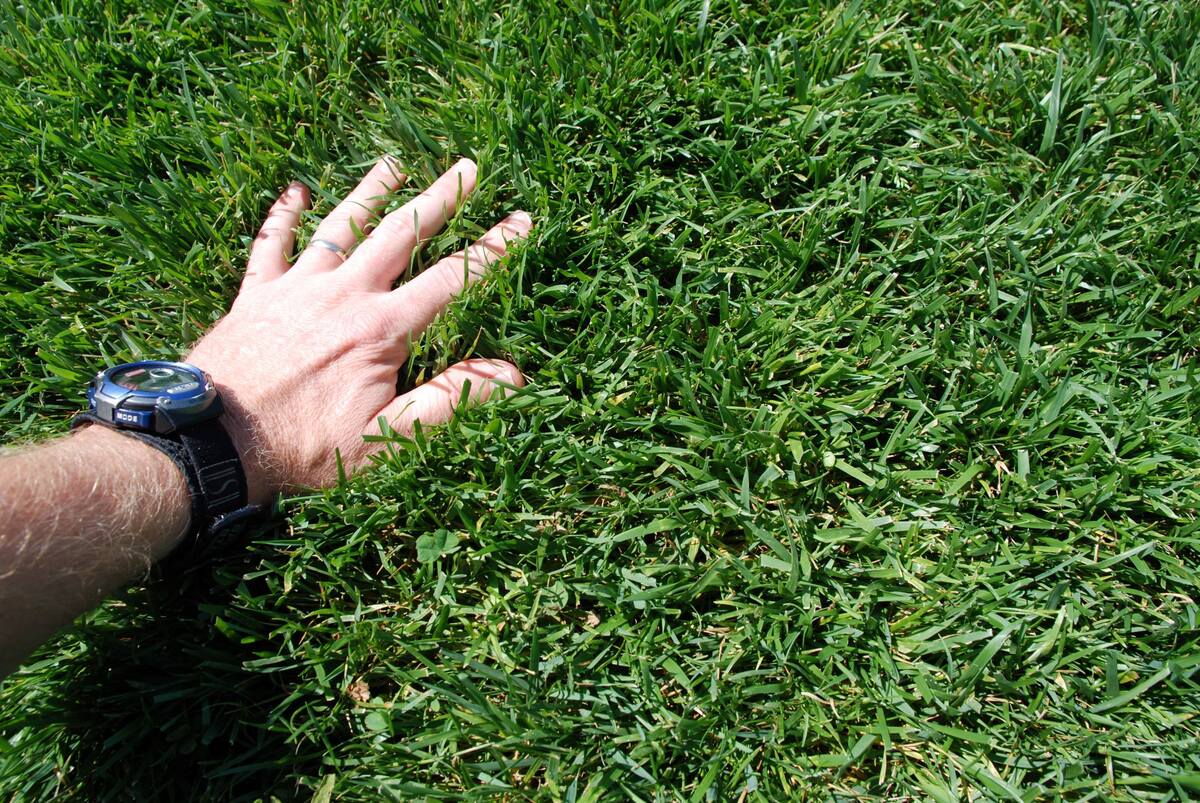

Landscaping Ideas
What Is The Best Fine Fescue Grass Seed
Published: January 30, 2024
Discover the top fine fescue grass seed for your landscaping ideas. Find the best options for creating a lush and vibrant lawn.
(Many of the links in this article redirect to a specific reviewed product. Your purchase of these products through affiliate links helps to generate commission for Storables.com, at no extra cost. Learn more)
Introduction
Introduction
When it comes to creating a lush, verdant lawn, choosing the right grass seed is paramount. Fine fescue grass, known for its fine texture and shade tolerance, is a popular choice for homeowners seeking a resilient and visually appealing lawn. This versatile grass variety is well-suited for a range of climates and soil conditions, making it a top contender for lawns, parks, and recreational areas.
In this comprehensive guide, we will delve into the world of fine fescue grass seed, exploring its unique characteristics, the factors to consider when selecting the best variety, and the best practices for planting and maintaining a thriving fine fescue lawn. Whether you are a seasoned gardener or a novice homeowner looking to enhance your outdoor space, this article will equip you with the knowledge and insights needed to make informed decisions and achieve stunning results.
Fine fescue grass seed offers a multitude of benefits, including its ability to thrive in shaded areas, its low maintenance requirements, and its exceptional tolerance to drought and cold temperatures. By understanding the nuances of fine fescue grass and the key considerations for selecting the best seed variety, you can set the stage for a vibrant and enduring lawn that will be the envy of the neighborhood.
Join us as we embark on a journey to uncover the secrets of fine fescue grass seed, empowering you to transform your outdoor space into a captivating oasis of greenery and natural beauty. Let's dive into the fascinating world of fine fescue grass and discover how this remarkable grass variety can elevate the aesthetic appeal and functionality of your lawn.
Understanding Fine Fescue Grass
Key Takeaways:
- Choose fine fescue grass seed based on shade tolerance, climate adaptability, and soil compatibility for a lush, low-maintenance lawn that thrives in diverse conditions.
- Plant fine fescue grass seed in early fall or spring, prepare the soil, ensure good seed-to-soil contact, and maintain consistent moisture for successful establishment and long-term vitality.
Read more: At What Temperature Does Fescue Germinate
Understanding Fine Fescue Grass
Fine fescue grass, a member of the Festuca genus, encompasses several species known for their slender blades, fine texture, and exceptional adaptability. This grass variety is highly esteemed for its ability to thrive in diverse environmental conditions, making it an ideal choice for homeowners and landscapers seeking a resilient and visually appealing lawn.
One of the defining characteristics of fine fescue grass is its remarkable shade tolerance. Unlike many other grass species, fine fescue excels in areas with limited sunlight, making it a preferred option for lawns shaded by trees, buildings, or other structures. Its ability to maintain its vigor and lush green hue in shaded environments sets it apart as an invaluable asset for creating picturesque landscapes.
Furthermore, fine fescue grass exhibits impressive drought tolerance, allowing it to endure periods of limited moisture without sacrificing its visual appeal. This resilience makes it well-suited for regions with arid or semi-arid climates, where water conservation is a priority. Additionally, its capacity to withstand cold temperatures contributes to its suitability for a wide range of geographic locations, from temperate regions to cooler northern climates.
Another notable attribute of fine fescue grass is its low maintenance requirements. Once established, this grass variety demands minimal upkeep, reducing the need for frequent watering, mowing, and fertilization. This not only translates to cost savings for homeowners but also contributes to environmental sustainability by minimizing water consumption and chemical inputs.
As a component of mixtures for shaded areas, low-input landscapes, and naturalized settings, fine fescue grass plays a pivotal role in ecological landscaping and sustainable land management. Its ability to coexist harmoniously with other grasses and plants further underscores its value in creating diverse and resilient ecosystems within residential and commercial landscapes.
By gaining a deeper understanding of the unique characteristics and ecological benefits of fine fescue grass, homeowners and landscapers can harness its potential to transform outdoor spaces into vibrant, enduring landscapes. In the following sections, we will explore the factors to consider when selecting fine fescue grass seed and the top varieties that stand out for their exceptional qualities and adaptability.
Factors to Consider When Choosing Fine Fescue Grass Seed
When embarking on the journey of selecting fine fescue grass seed for your lawn, several crucial factors warrant careful consideration to ensure the best possible outcomes. By evaluating these key aspects, you can make informed decisions that align with your specific landscaping goals and environmental conditions.
- Shade Tolerance: Fine fescue grass is renowned for its exceptional shade tolerance, making it an ideal choice for lawns with limited sunlight. When choosing fine fescue grass seed, consider the degree of shade in your lawn and opt for varieties that excel in low-light environments.
- Climate Adaptability: Assess the climate of your region, including temperature ranges and precipitation patterns. Select fine fescue grass seed varieties that demonstrate resilience in your specific climate, whether it is characterized by arid conditions, cool temperatures, or a combination of environmental factors.
- Soil Compatibility: Evaluate the soil composition and pH levels of your lawn to determine the most suitable fine fescue grass seed for your soil type. Some varieties exhibit greater adaptability to acidic soils, while others thrive in neutral or alkaline soil conditions.
- Maintenance Requirements: Consider your maintenance preferences and the level of upkeep you are willing to commit to. Fine fescue grass seed varieties differ in their maintenance requirements, with some necessitating minimal care once established, while others may benefit from specific maintenance practices.
- Water Conservation: If water conservation is a priority in your landscaping endeavors, prioritize fine fescue grass seed varieties known for their drought tolerance. These varieties can thrive with reduced water inputs, contributing to sustainable lawn management practices.
- Complementary Grass Species: If you plan to incorporate fine fescue grass into a mixed-seed lawn or blend it with other grass species, consider the compatibility of different varieties and their ability to coexist harmoniously within the same landscape.
By carefully assessing these factors and conducting thorough research on available fine fescue grass seed varieties, you can make informed choices that align with the unique characteristics of your lawn and the environmental conditions of your region. In the subsequent section, we will explore some of the top fine fescue grass seed varieties renowned for their exceptional qualities and adaptability.
When looking for the best fine fescue grass seed, consider the specific type of fine fescue that will thrive in your climate and soil conditions. Look for a high-quality seed blend that includes fine fescue varieties such as creeping red, chewings, and hard fescue for a well-rounded lawn.
Top Fine Fescue Grass Seed Varieties
When it comes to selecting fine fescue grass seed, an array of top varieties stands out for their exceptional qualities and adaptability to diverse environmental conditions. These varieties have earned acclaim for their resilience, aesthetic appeal, and suitability for a wide range of landscaping applications. Let’s explore some of the top fine fescue grass seed varieties that homeowners and landscapers can consider for their lawn enhancement projects.
- Creeping Red Fescue (Festuca rubra): Renowned for its fine texture and vibrant green color, creeping red fescue is a popular choice for shaded lawns and naturalized landscapes. This variety excels in low-light environments and exhibits exceptional drought tolerance, making it well-suited for regions with limited water availability.
- Chewings Fescue (Festuca rubra commutata): With its fine, emerald-green blades and remarkable adaptability to various soil types, chewings fescue is a versatile option for homeowners seeking a visually striking and resilient lawn. This variety thrives in both sun and shade, making it a valuable component of mixed-seed lawns and recreational areas.
- Hard Fescue (Festuca trachyphylla): Recognized for its exceptional cold tolerance and low maintenance requirements, hard fescue is an excellent choice for cooler climates and regions with challenging growing conditions. Its fine texture and minimal mowing needs make it an appealing option for eco-conscious homeowners.
- Sheep Fescue (Festuca ovina): Ideal for naturalized landscapes and low-maintenance lawns, sheep fescue boasts a fine, tufted growth habit and impressive tolerance to poor soils and dry conditions. Its ability to thrive in harsh environments makes it a valuable addition to sustainable landscaping projects.
- Creeper Fescue (Festuca rubra ssp. paradoxa): Known for its creeping growth habit and ability to form dense, lush mats, creeper fescue is a sought-after variety for erosion control, slope stabilization, and ornamental ground cover. Its adaptability to various soil types and moisture levels makes it a versatile choice for challenging landscapes.
These top fine fescue grass seed varieties offer homeowners and landscapers a diverse array of options to suit their specific landscaping needs and environmental conditions. Whether you are seeking shade-tolerant grass for a wooded backyard, a low-maintenance lawn solution, or a visually striking ground cover, these fine fescue varieties present compelling choices for creating enduring and captivating landscapes.
In the subsequent section, we will delve into the best practices for planting fine fescue grass seed, equipping you with the knowledge and insights needed to establish a thriving and visually appealing lawn that will be the envy of the neighborhood.
Best Practices for Planting Fine Fescue Grass Seed
Planting fine fescue grass seed requires careful consideration of timing, soil preparation, and maintenance practices to ensure successful establishment and long-term vitality. By following best practices for planting and nurturing fine fescue grass, homeowners and landscapers can cultivate lush, resilient lawns that enhance the beauty and functionality of outdoor spaces. Let’s explore the essential guidelines for planting fine fescue grass seed and fostering its optimal growth.
- Timing: Plant fine fescue grass seed in the early fall or early spring to capitalize on favorable soil moisture and moderate temperatures. These periods provide an optimal environment for seed germination and early root development.
- Soil Preparation: Prepare the planting area by removing debris, weeds, and rocks, and loosen the soil to a depth of approximately 2-3 inches. Incorporate organic matter, such as compost, to improve soil structure and fertility, creating an ideal foundation for seed germination and root growth.
- Seed Distribution: Distribute fine fescue grass seed evenly across the prepared area using a seed spreader or by hand. Aim for a seeding rate of approximately 4-6 pounds per 1,000 square feet to achieve adequate coverage and density.
- Seed-to-Soil Contact: Ensure good seed-to-soil contact by gently raking the seeded area or using a lawn roller to press the seeds into the soil. This promotes germination and facilitates the establishment of robust root systems.
- Irrigation: Keep the seeded area consistently moist during the germination period, typically requiring light, frequent watering to prevent the soil surface from drying out. Once the grass seedlings emerge, gradually transition to deeper, less frequent watering to encourage deep root development.
- Maintenance: Monitor the seeded area for weed encroachment and apply a pre-emergent herbicide if necessary to prevent weed competition during the establishment phase. Refrain from mowing the newly seeded area until the grass reaches a height of approximately 3-4 inches to allow for strong root development.
By adhering to these best practices for planting fine fescue grass seed, you can set the stage for the successful establishment of a vibrant, enduring lawn that thrives in diverse environmental conditions. The careful attention to timing, soil preparation, and maintenance fosters the development of strong, resilient grass that enhances the visual appeal and functionality of outdoor spaces.
As we conclude our exploration of best practices for planting fine fescue grass seed, we encourage you to leverage these guidelines to create captivating landscapes that showcase the beauty and resilience of this remarkable grass variety. In the final section, we will summarize the key insights and takeaways from our journey into the world of fine fescue grass, empowering you to embark on your lawn enhancement endeavors with confidence and expertise.
Read more: What Is Tall Fescue Grass
Conclusion
As we draw to a close on our exploration of fine fescue grass seed, we have unraveled the remarkable qualities and adaptability of this resilient grass variety, shedding light on its suitability for diverse environmental conditions and landscaping applications. From its exceptional shade tolerance and drought resistance to its low maintenance requirements and aesthetic appeal, fine fescue grass stands out as a valuable asset for homeowners and landscapers seeking enduring and visually captivating lawns.
By understanding the factors to consider when choosing fine fescue grass seed, including shade tolerance, climate adaptability, soil compatibility, and water conservation, you can make informed decisions that align with your specific landscaping goals and environmental conditions. The top fine fescue grass seed varieties highlighted in this guide offer a diverse array of options, each renowned for its exceptional qualities and adaptability to various landscapes, from shaded lawns to naturalized settings and eco-conscious landscapes.
Furthermore, the best practices for planting fine fescue grass seed provide essential guidelines for successful establishment and long-term vitality, emphasizing the importance of timing, soil preparation, and maintenance practices. By following these guidelines, you can cultivate lush, resilient lawns that enhance the beauty and functionality of outdoor spaces, creating enduring landscapes that captivate the senses and enrich the natural environment.
As you embark on your journey to transform outdoor spaces into vibrant oases of greenery and natural beauty, we encourage you to leverage the insights and knowledge gained from this comprehensive guide. Whether you are a seasoned gardener or a novice homeowner, the world of fine fescue grass seed offers a wealth of opportunities to create captivating landscapes that reflect the beauty and resilience of this remarkable grass variety.
With a deep understanding of the unique characteristics and ecological benefits of fine fescue grass, you are well-equipped to make informed decisions and embark on your lawn enhancement endeavors with confidence and expertise. By harnessing the potential of fine fescue grass, you can elevate the aesthetic appeal and functionality of your outdoor space, cultivating enduring and visually striking landscapes that inspire and delight.
As you tread the path of landscaping and lawn care, may the allure of fine fescue grass seed empower you to create lush, resilient, and captivating outdoor havens that stand the test of time and bring joy to all who behold them.
Frequently Asked Questions about What Is The Best Fine Fescue Grass Seed
Was this page helpful?
At Storables.com, we guarantee accurate and reliable information. Our content, validated by Expert Board Contributors, is crafted following stringent Editorial Policies. We're committed to providing you with well-researched, expert-backed insights for all your informational needs.
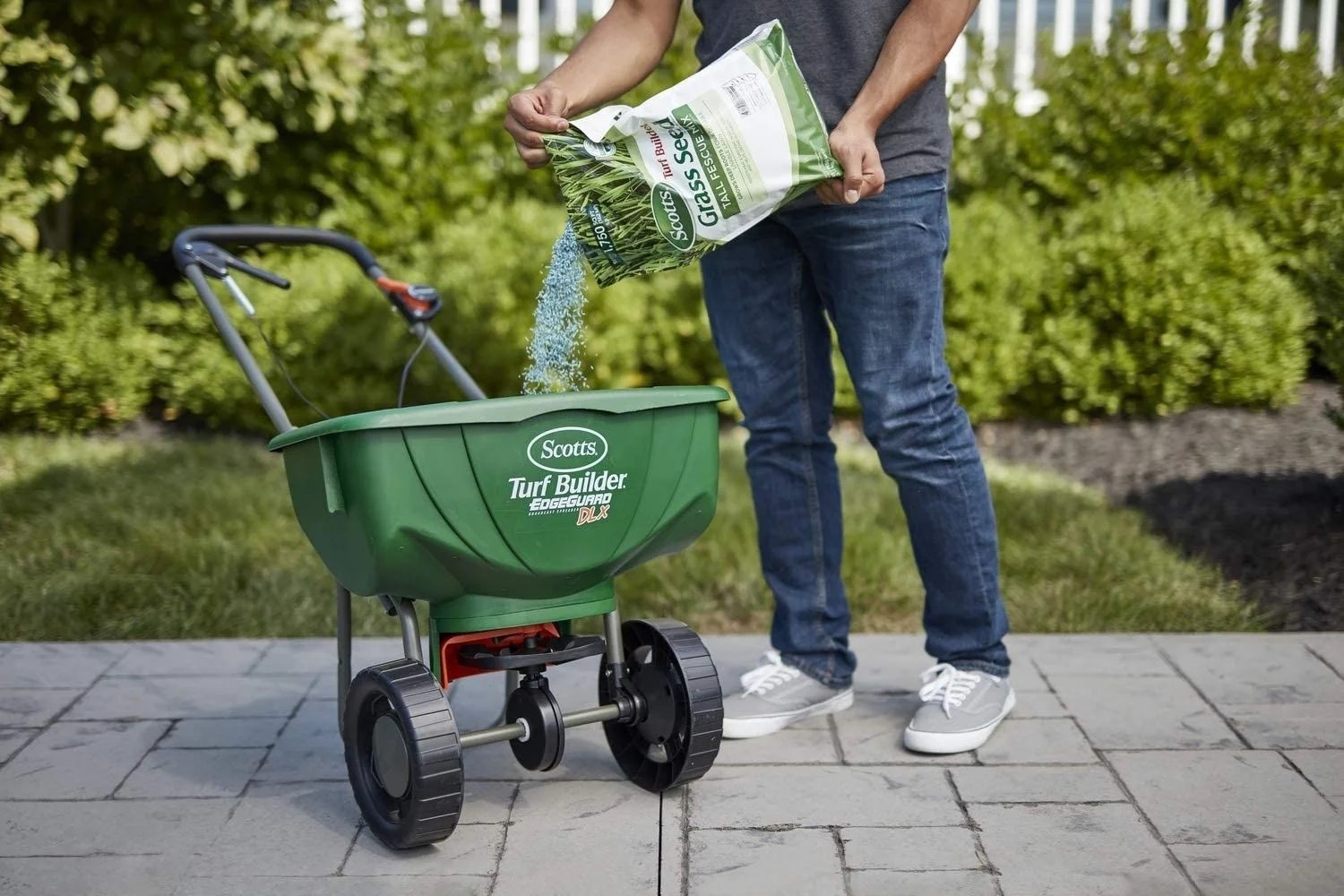
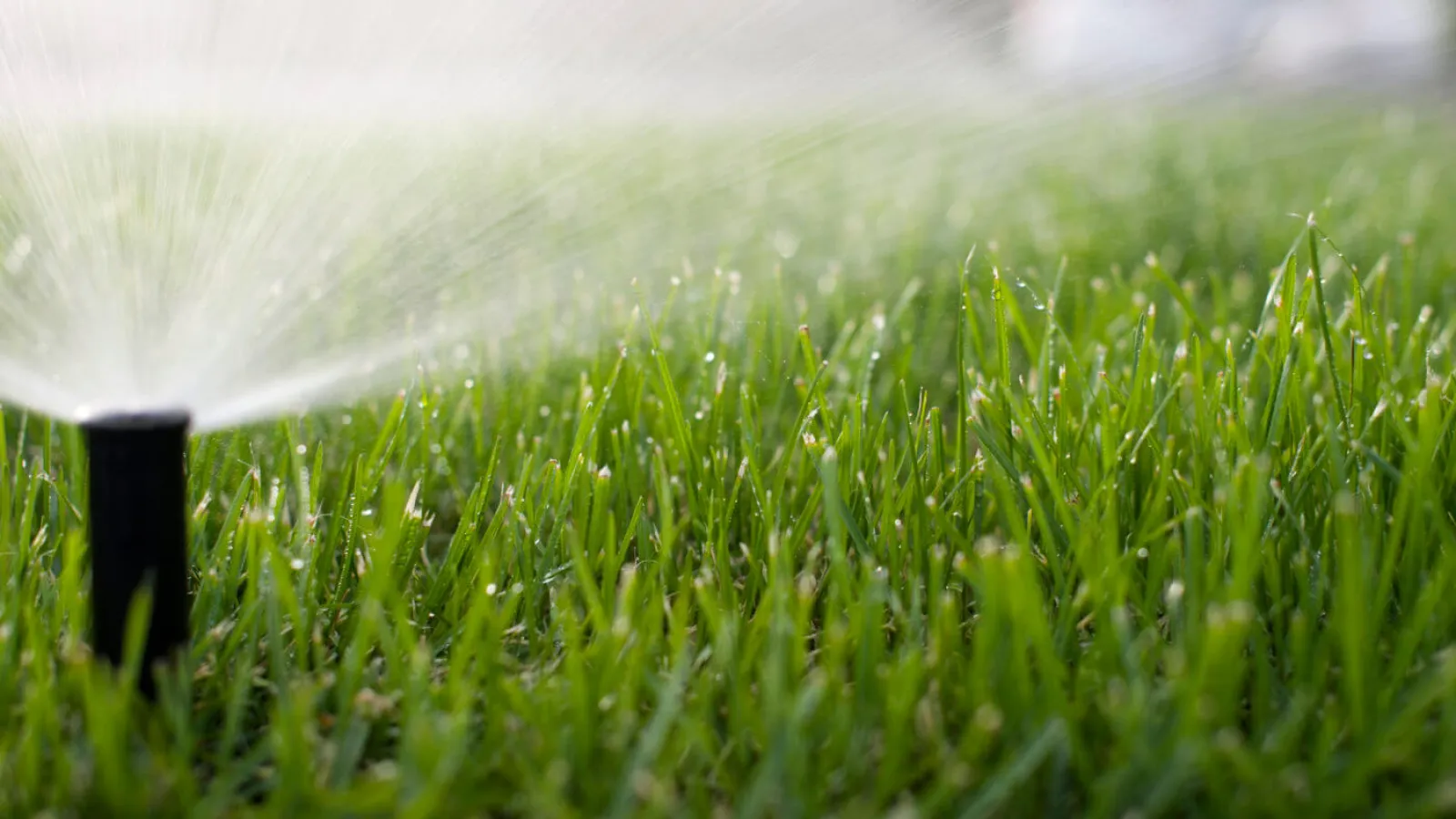
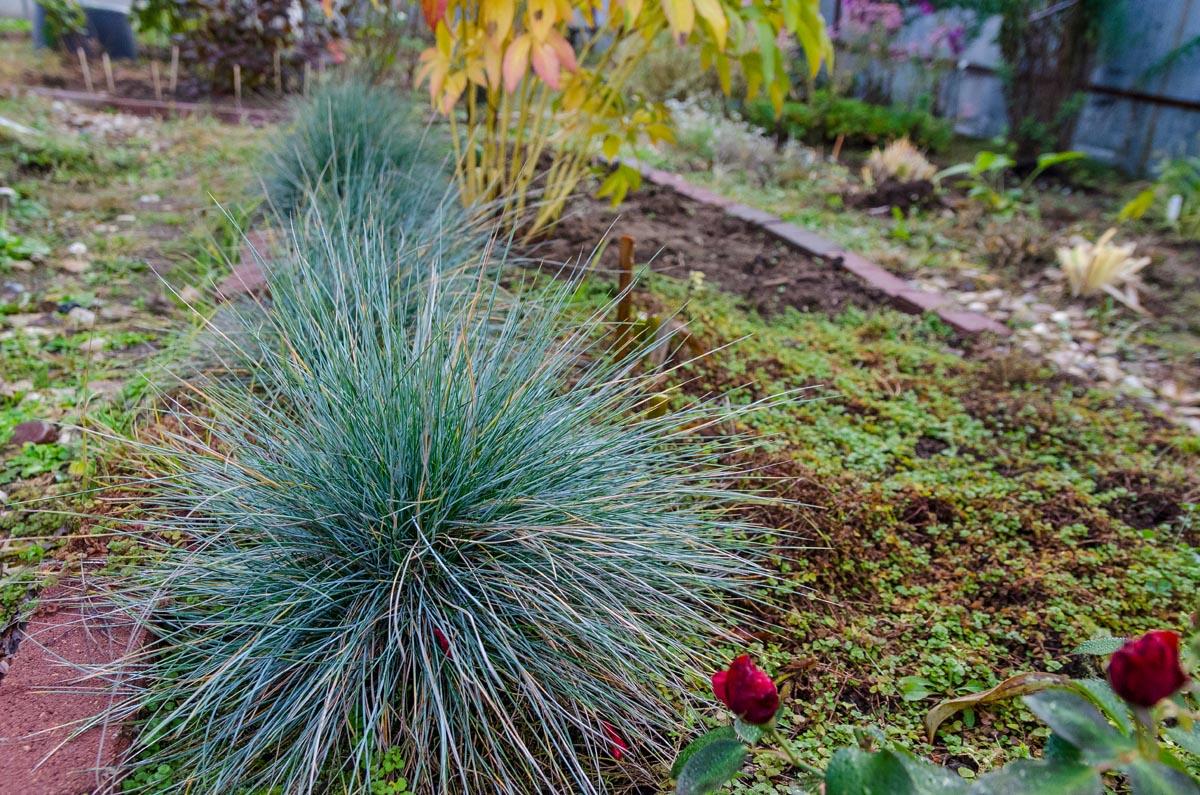
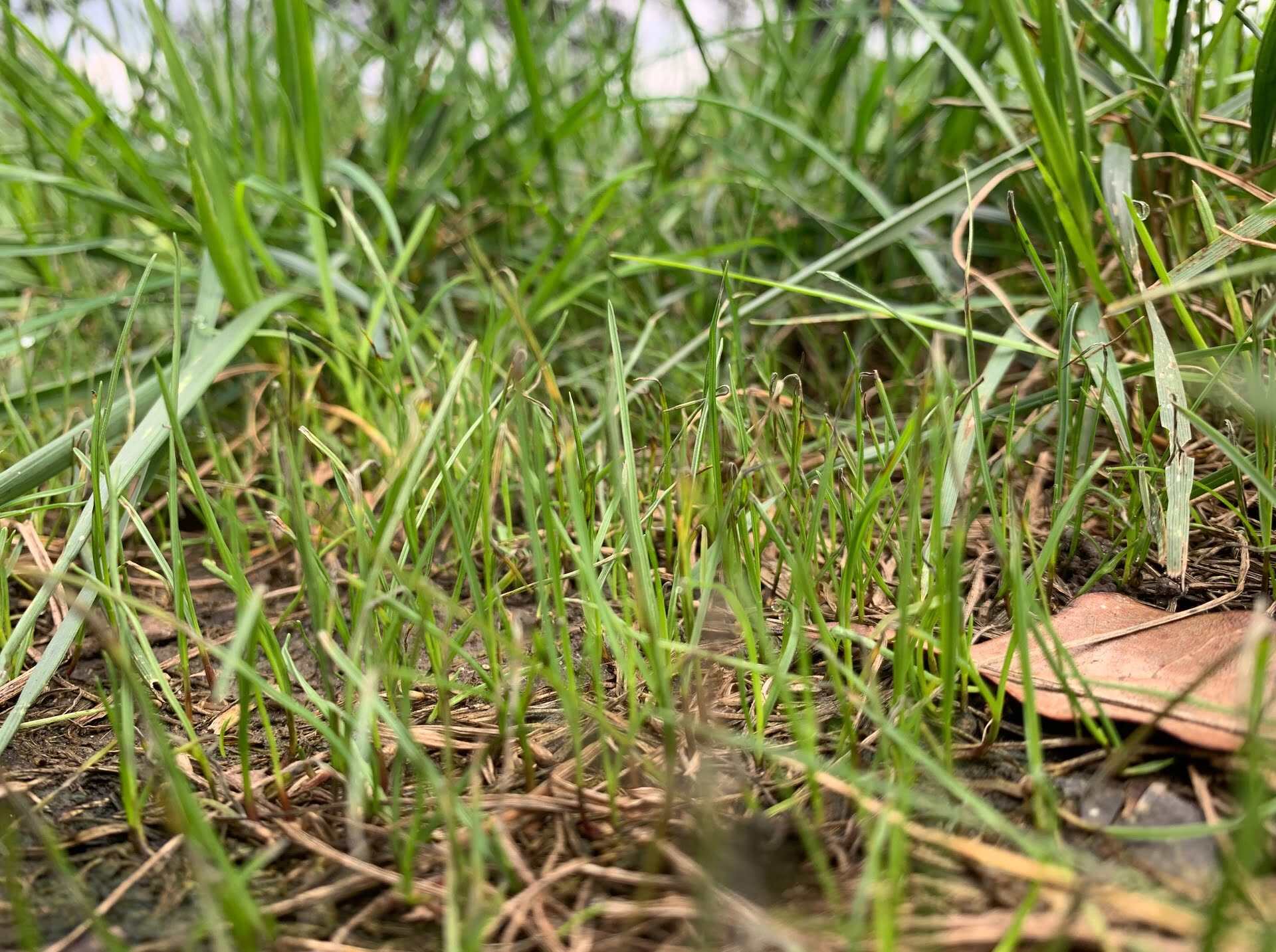
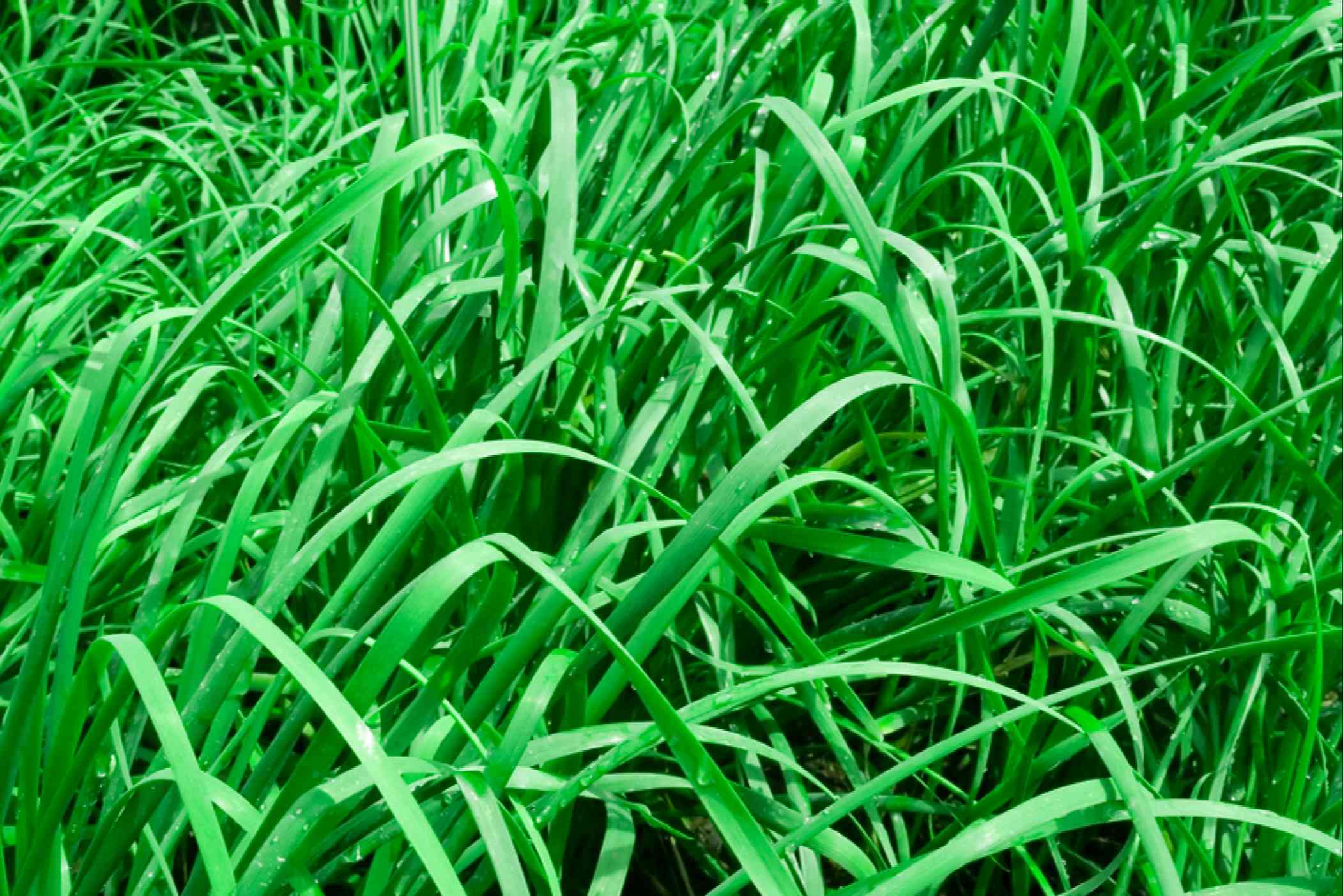
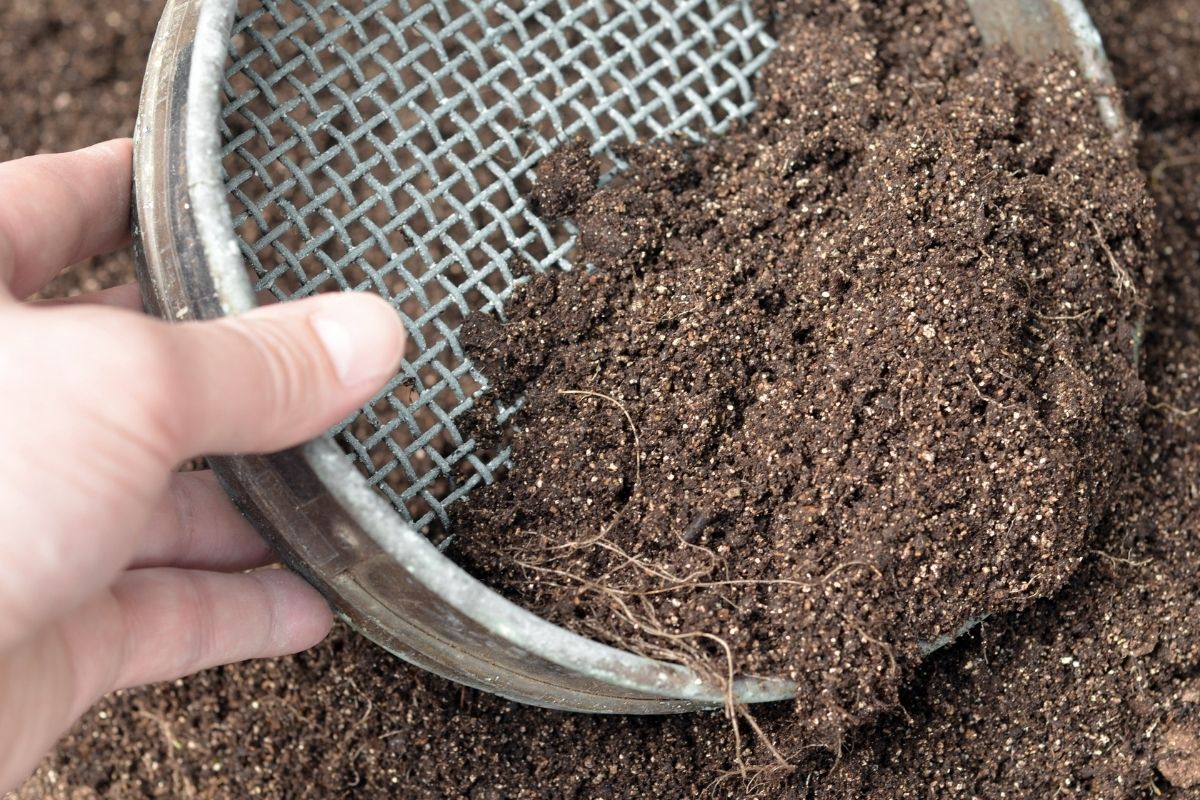
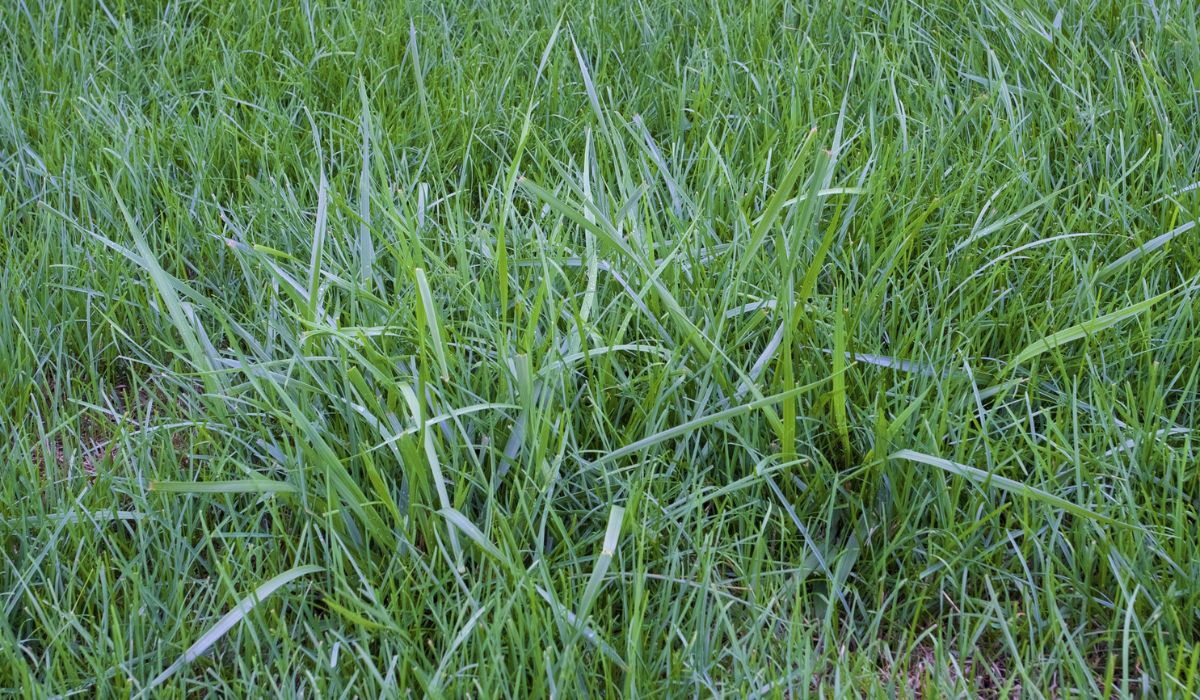
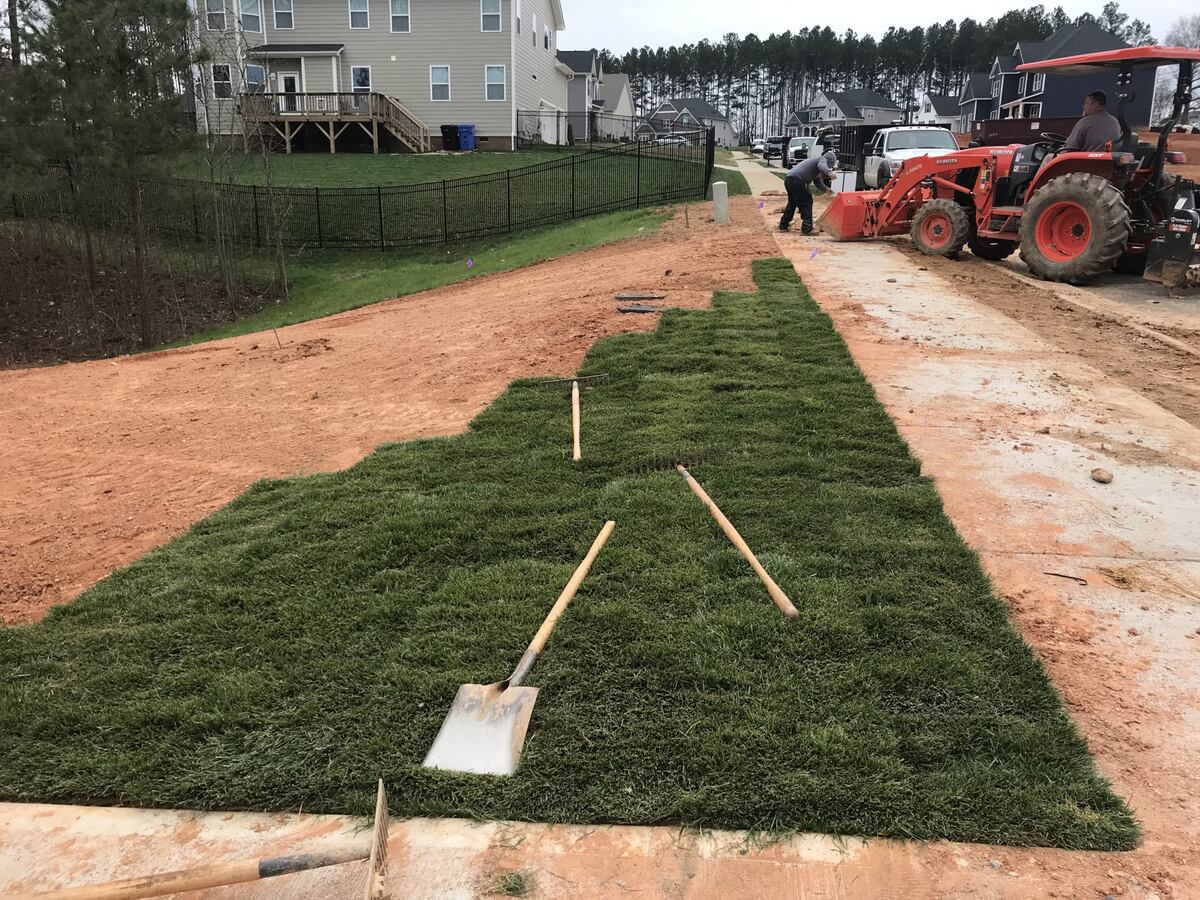
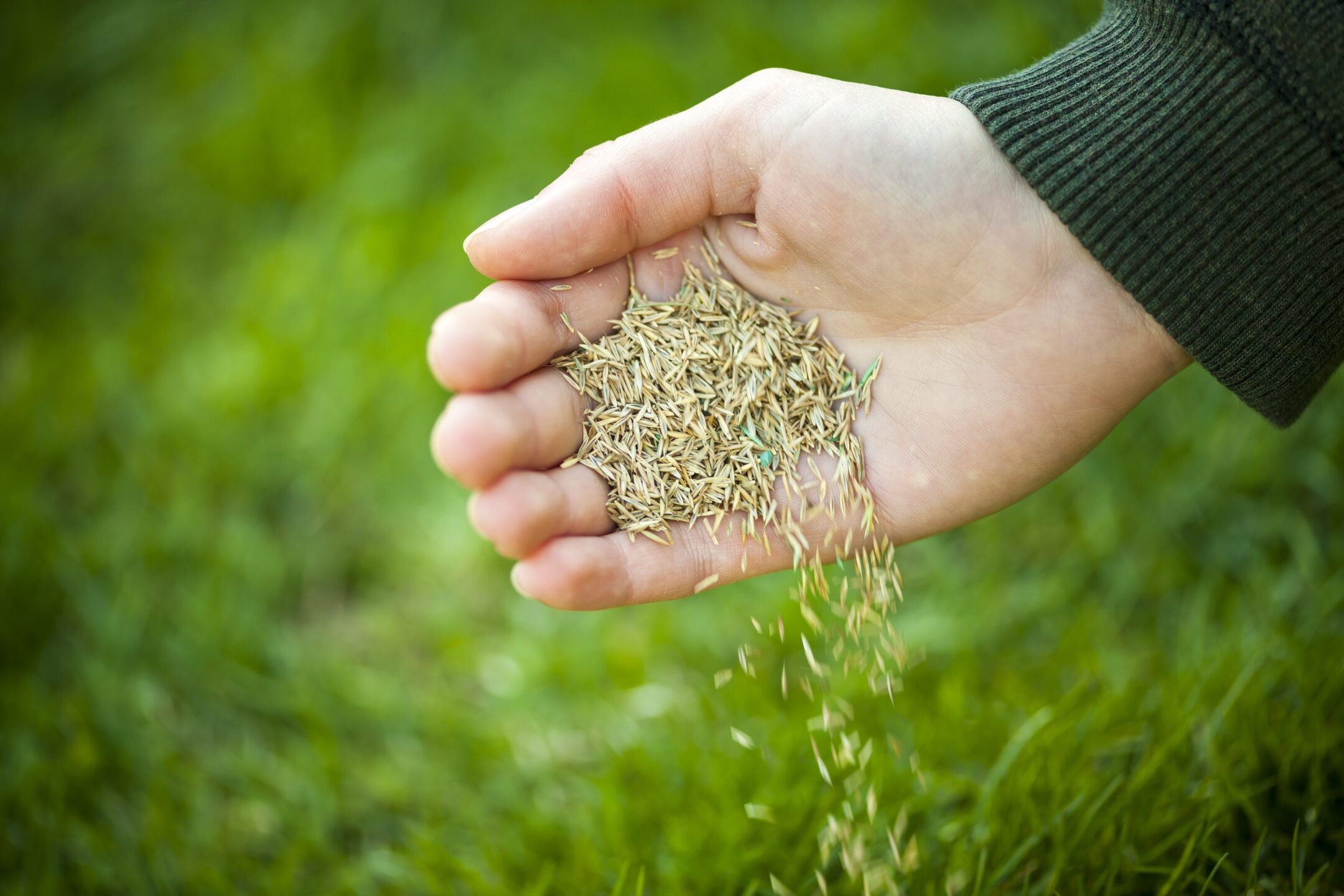
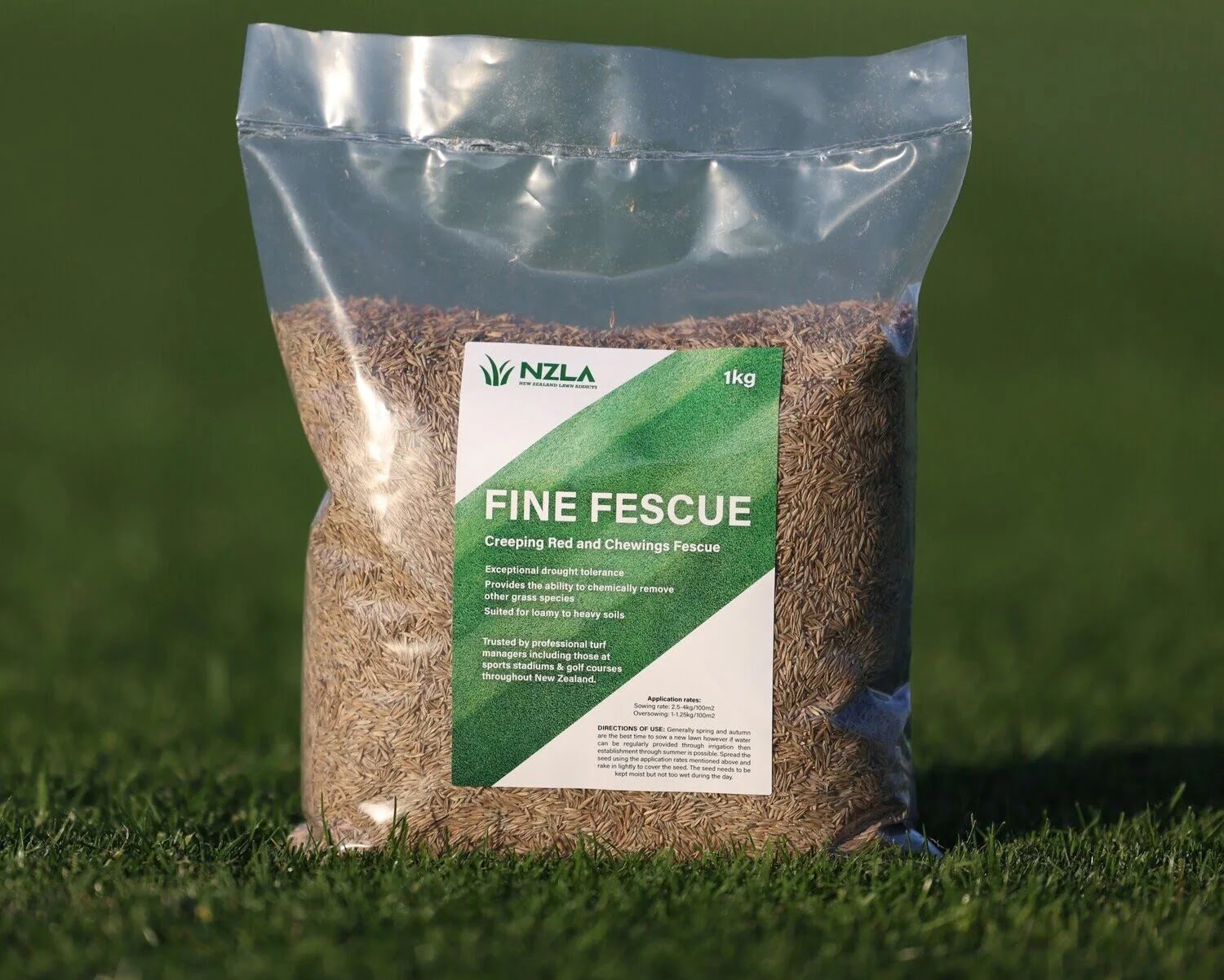
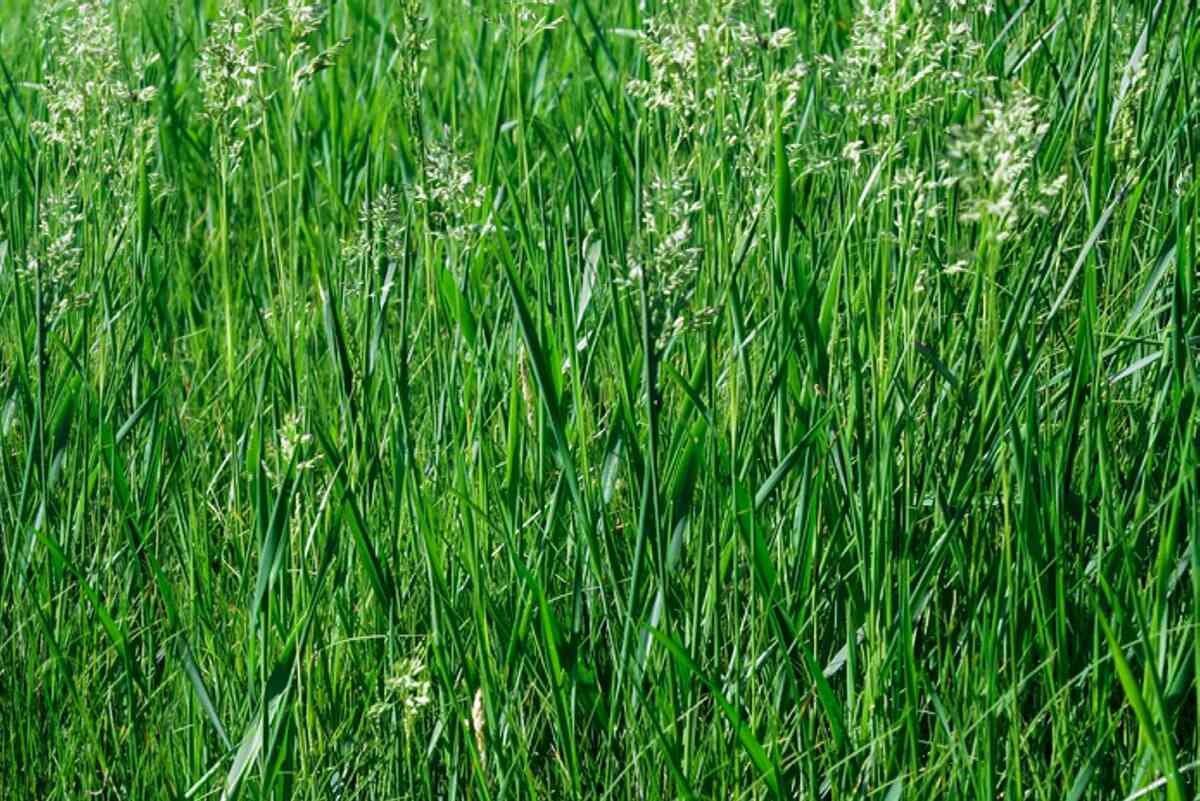
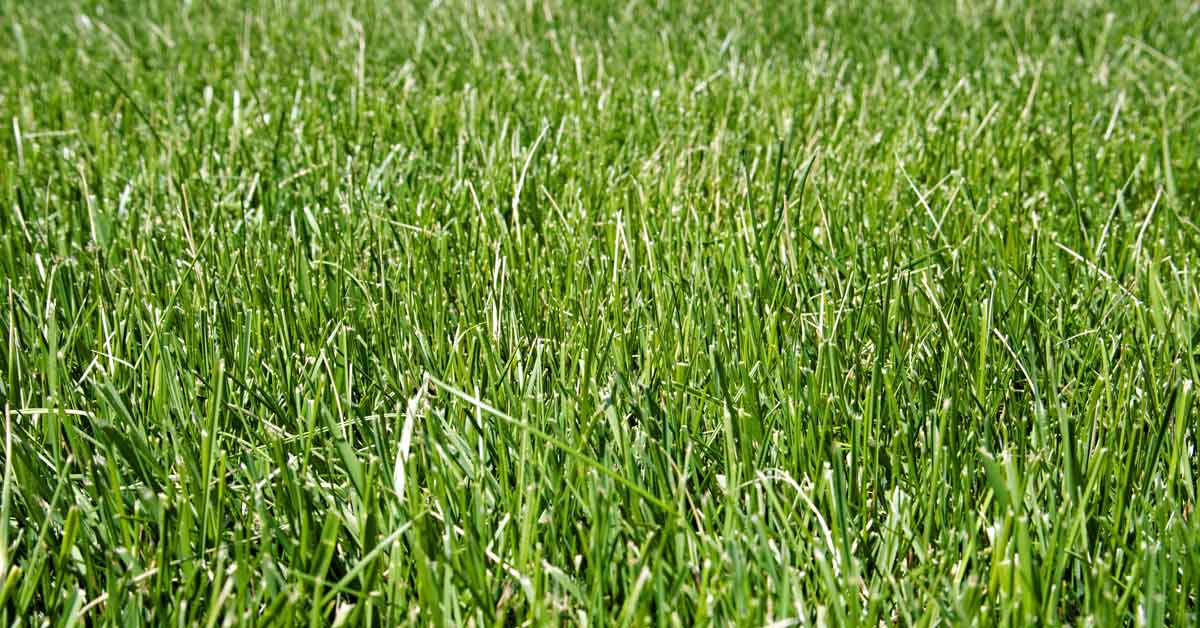
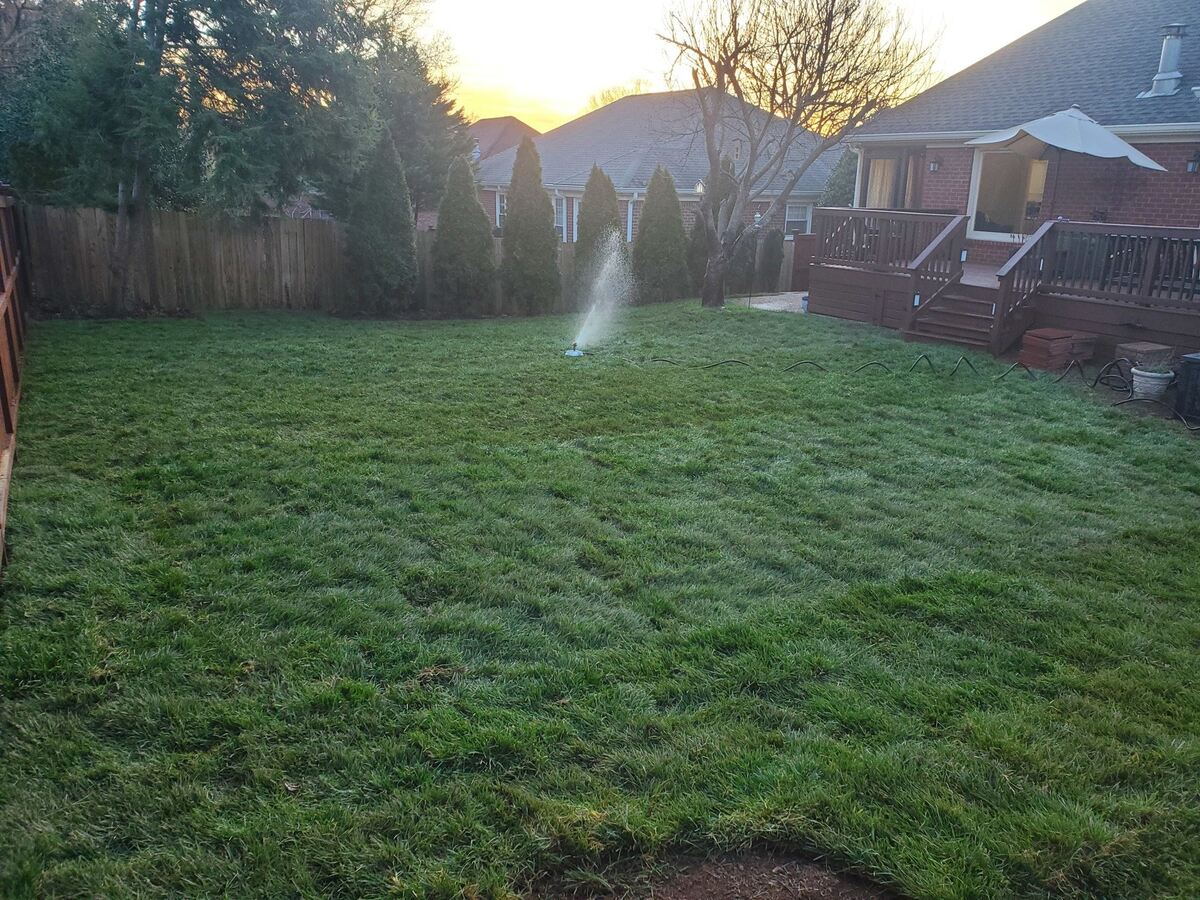
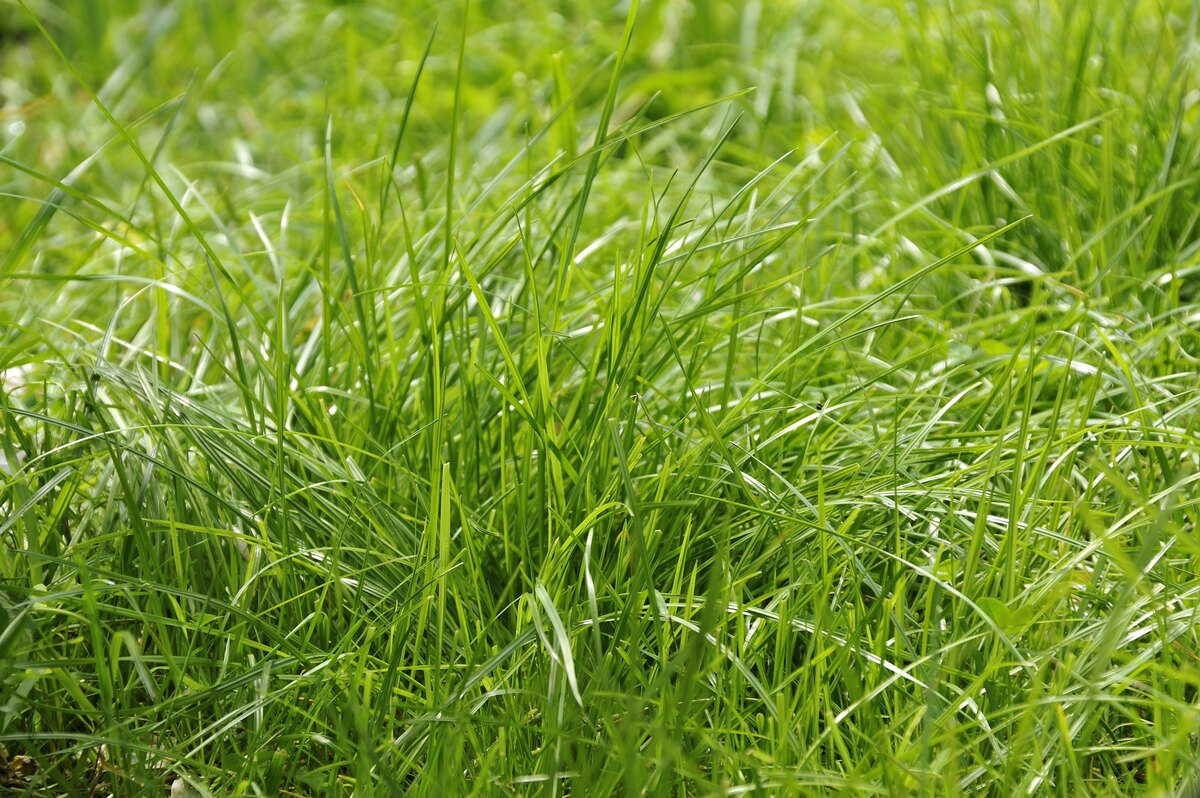

0 thoughts on “What Is The Best Fine Fescue Grass Seed”